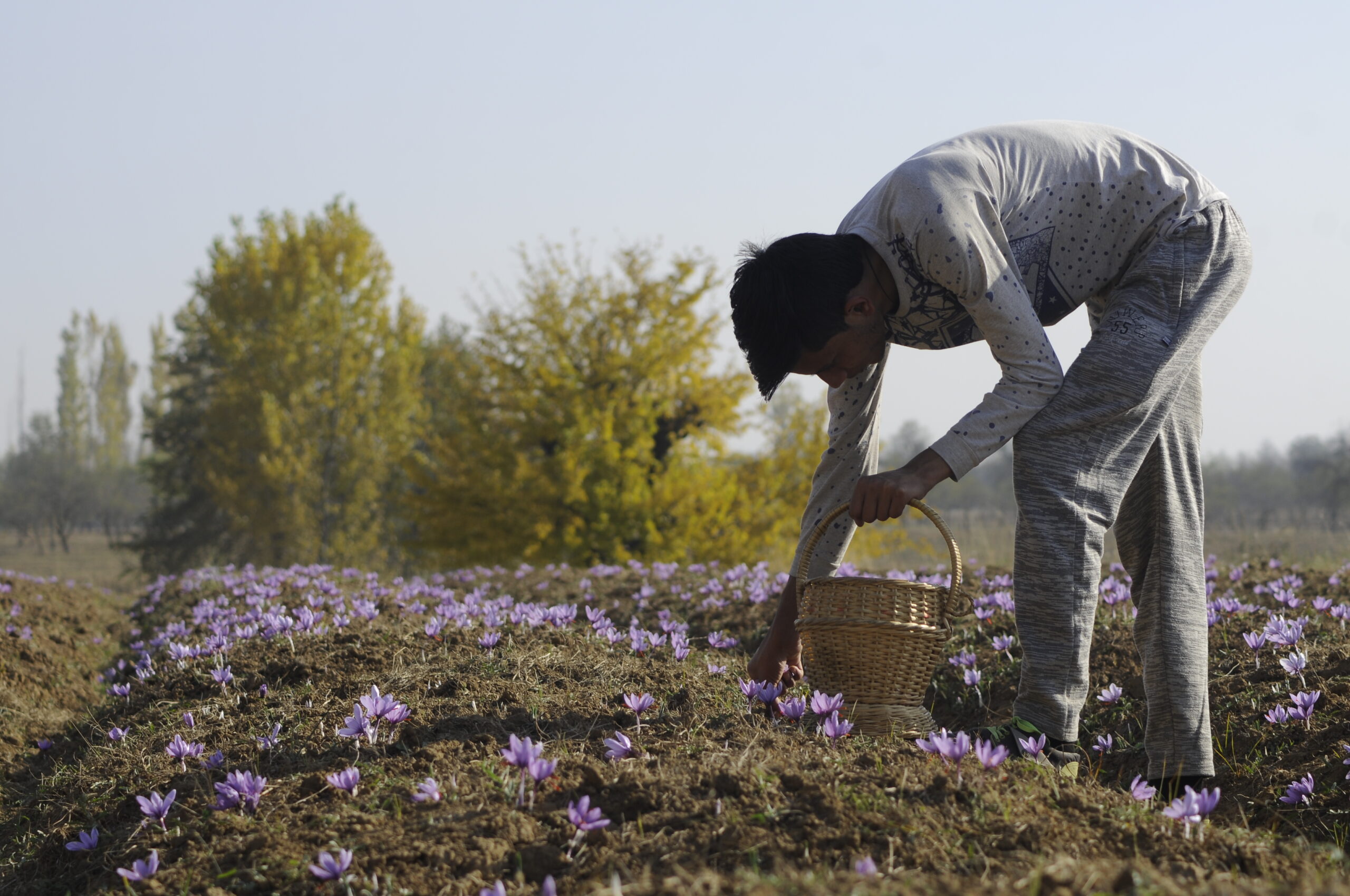Kashmiri saffron, known as the “Red Gold,” is celebrated worldwide for its exceptional flavor, aroma, and vibrant color. But have you ever wondered what makes Kashmiri saffron stand out from other varieties? In this blog, we’ll delve into the fascinating science behind the unique flavors and aromas of Kashmiri saffron, unraveling the secrets behind its coveted characteristics.
Understanding Saffron’s Chemistry:
Saffron’s captivating flavors and aromas are the result of a complex mixture of chemical compounds found within its delicate threads. One of the key components responsible for saffron’s distinctive qualities is crocin, which contributes to its vibrant red color. The higher the concentration of crocin, the more intense the hue.
Picrocrocin, another important compound, gives saffron its characteristic bitter taste. This compound is responsible for the initial flavor experienced when saffron is consumed. Additionally, safranal, a volatile compound, contributes to saffron’s unique aroma and is responsible for its floral, honey-like scent.
The Role of Terpenes:
Terpenes are a diverse group of organic compounds found in many plants, including saffron. These compounds play a crucial role in determining the specific fragrance and aroma of saffron. For instance, the presence of safranal, a terpene, imparts the distinct scent associated with saffron.
Environmental Factors and Saffron’s Flavor Profile:
While the chemical composition of saffron is fundamental to its flavors and aromas, various environmental factors also influence its final profile. Factors such as soil composition, climate, altitude, and even the timing of harvest all contribute to the unique flavor characteristics of Kashmiri saffron.
The Role of Crocus Sativus:
Kashmiri saffron is derived from the Crocus sativus flower, a perennial plant known for its remarkable cultivation requirements. The plant requires specific climatic conditions, including cool winters and dry summers, to thrive. The flowers themselves are harvested and the stigma carefully handpicked, yielding the precious saffron threads.
Traditional Harvesting and Processing Techniques:
The flavors and aromas of Kashmiri saffron are also influenced by the traditional methods employed in its harvesting and processing. The delicate threads are harvested by hand, preserving their integrity and ensuring minimal damage. The subsequent drying and storage processes further enhance the development and preservation of saffron’s unique qualities.
Culinary Applications and Beyond:
Beyond its distinctive flavors and aromas, Kashmiri saffron holds a prominent place in culinary traditions. Its luxurious presence can be found in various dishes and delicacies, ranging from aromatic biryanis to delectable desserts. The careful addition of saffron can elevate a dish, infusing it with a captivating and exotic essence.
Conclusion: The allure of Kashmiri saffron lies not only in its vibrant colors but also in its enchanting flavors and aromas. The intricate chemistry of its compounds, including crocin, picrocrocin, and safranal, contributes to its unique sensory profile. Combined with the influence of environmental factors and traditional harvesting techniques, Kashmiri saffron continues to captivate the world with its unparalleled characteristics. So, the next time you savor a dish garnished with this “Red Gold,” you’ll appreciate the science behind its remarkable flavors and aromas.
Remember, each saffron variety has its own distinct qualities, and the uniqueness of Kashmiri saffron stems from a delicate interplay of nature and human expertise, making it a truly remarkable spice.
